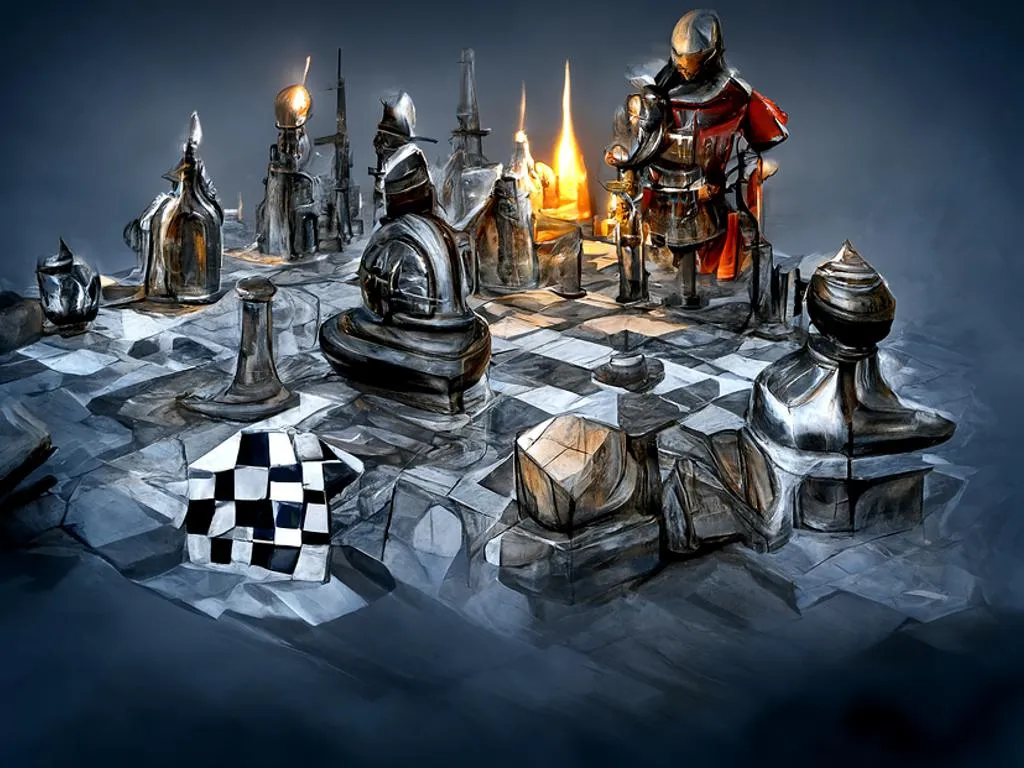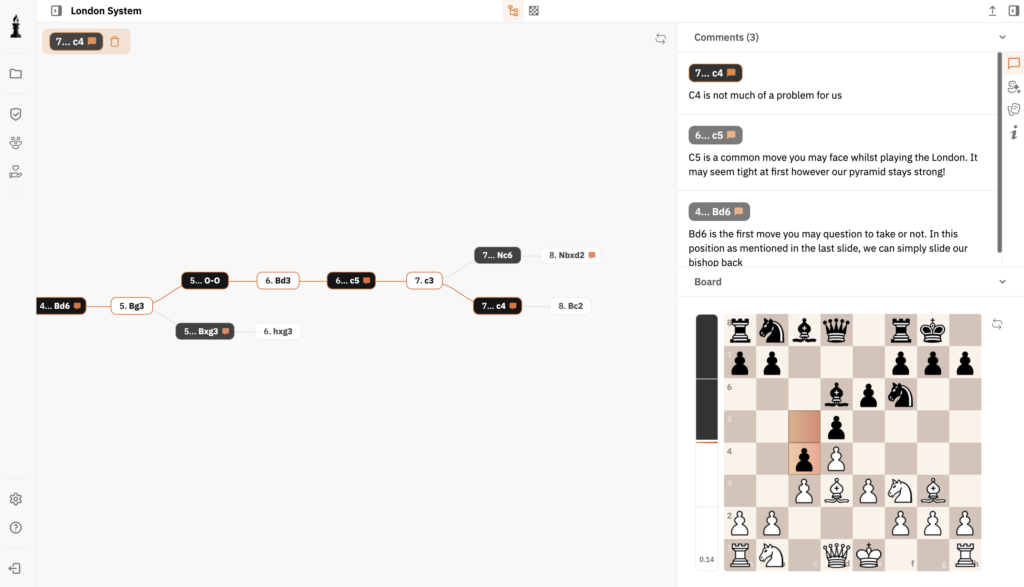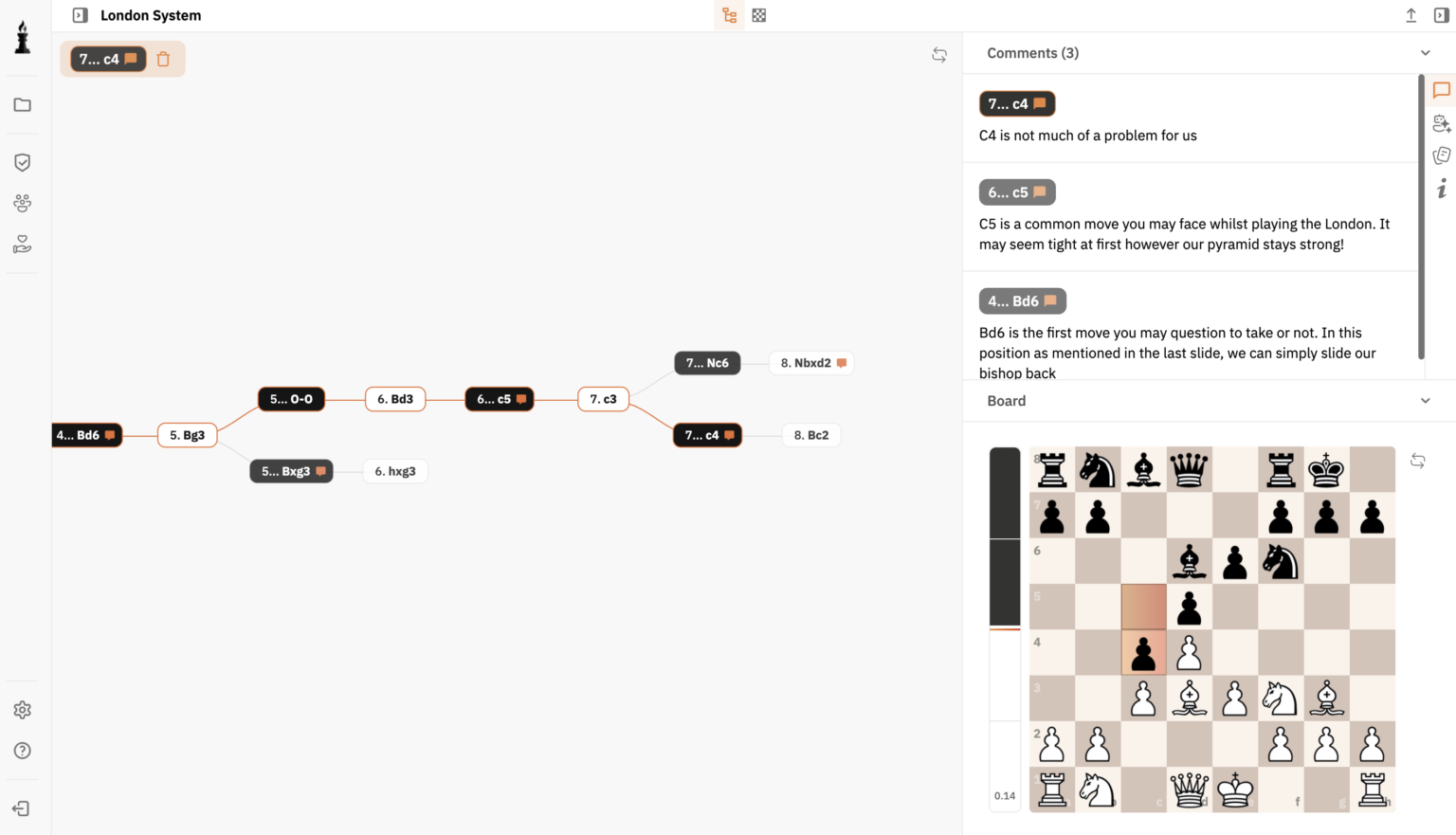From the first mechanical attempts at automating calculations to the sophisticated neural networks powering today’s most powerful chess engines, the history of computer technology and artificial intelligence (AI) is a story of relentless innovation. This article explores how early computing paved the way for modern hardware and software breakthroughs, culminating in the rise of groundbreaking chess engines that demonstrate the remarkable progress of AI.
Beginnings of Modern Computing
Mechanical and Theoretical Foundations
- Charles Babbage’s Analytical Engine (1830s): Often hailed as a precursor to modern computers, this mechanical device laid out concepts such as a processor (“mill”) and memory (“store”). Though never fully built in Babbage’s time, the design foreshadowed core computing principles.
- Alan Turing and the Universal Machine (1930s): Alan Turing proposed the idea of a “universal machine” capable of computing any problem given the correct algorithm. His theories set the stage for programmable computers and influenced how researchers later approached AI.
Early Electronic Computers
- ENIAC (1940s): Developed in the United States, ENIAC was one of the first general-purpose electronic computers, occupying an entire room. Though primarily intended for military calculations, it demonstrated how large-scale computing could solve complex numerical problems.
- Transistors and Integrated Circuits (1950s–1960s): The invention of the transistor and the subsequent miniaturization of circuits drastically reduced the size and cost of computing machines. These smaller, more powerful systems paved the way for the first attempts at programming computers to play chess.
The Birth of Chess AI
Claude Shannon’s Vision
In 1950, mathematician Claude Shannon authored a landmark paper outlining how a computer program might approach chess. He proposed:
- Minimax Search: A systematic way for the computer to anticipate possible moves and choose the most advantageous path.
- Evaluation Functions: A means of assigning scores to chess positions based on material count, mobility, king safety, and other factors.
Although simplistic by today’s standards, Shannon’s paper introduced core concepts—like game tree exploration—that remain crucial in AI research.
Early Pioneers
Throughout the 1950s and 1960s, mainframe-based experiments produced rudimentary programs capable of playing rudimentary chess. Hardware constraints severely limited search depth and speed, but these prototypes confirmed that algorithmic decision-making could handle the basic structure of the game.
Specialized Hardware and Breakthroughs
Rise of Dedicated Machines
Advances in electronics during the 1970s allowed developers to build specialized devices devoted entirely to chess. Companies created consumer-friendly tabletop computers that, though weaker than strong human players, thrilled enthusiasts by showcasing the potential of “machine intelligence” in a pocket-sized format.
Early Powerhouses
- Belle (1970s–1980s): Created at Bell Labs, Belle used custom hardware to accelerate chess calculations and began beating expert-level opponents. It was a vivid demonstration of how targeted hardware optimizations could push performance beyond standard computers.
- Cray Blitz: Leveraging supercomputer resources, Cray Blitz found success in early computer chess championships, offering a glimpse of parallel processing’s effectiveness in tackling complex game trees.
Deep Blue and the IBM Revolution
The Deep Thought Project
In the late 1980s, a team at Carnegie Mellon University developed Deep Thought, which already displayed near-grandmaster strength. IBM then recruited the researchers behind Deep Thought to build a successor capable of challenging the very best human players.
Kasparov vs. Deep Blue
- 1996 Match: World Chess Champion Garry Kasparov narrowly defeated IBM’s Deep Blue, underscoring human advantages in creativity and intuition.
- 1997 Rematch: Deep Blue triumphed, becoming the first machine to beat a reigning world champion in a match under standard tournament rules. This watershed moment thrust AI into the global spotlight, proving the power of parallel computing and sophisticated heuristics.
The Commercial Engine Boom
Refining Search and Evaluation
After Deep Blue, a wave of chess engines flooded the market, each capitalizing on improved programming, evaluation functions, and ever-faster processors. Notable engines included:
- Fritz: A commercial favorite that introduced deep positional heuristics and gave top grandmasters a run for their money.
- Shredder: Renowned for stability, strong endgame play, and multiple world computer chess championships.
- Rybka: Dominated the scene in the mid-2000s with advanced search pruning and dynamic evaluation. Its success spurred an arms race among engine developers, who pushed the limits of efficiency and strategic nuance.
Consumer and Professional Impact
By the early 2000s, personal computers could run engines strong enough to beat virtually any grandmaster. Professionals began using them as analytical partners, a trend that revolutionized chess training and preparation.
Neural Networks and Self-Learning Systems
AlphaZero: Self-Taught Mastery
Developed by Google’s DeepMind, AlphaZero adopted a radically different approach:
- No Handcrafted Knowledge: Rather than relying on coded opening theory or heuristics, AlphaZero used reinforcement learning through millions of self-play games.
- Surprising Creativity: Grandmasters were astonished by AlphaZero’s unconventional yet deeply strategic maneuvers, challenging long-standing chess principles.
Leela Chess Zero (Lc0)
An open-source initiative inspired by AlphaZero, Leela Chess Zero uses community-driven training and neural networks to evaluate positions. Over time, it has often surpassed engines using classical alpha-beta search techniques—testifying to the power of machine learning in discovering new strategic concepts.
Hybrid Engines: Classic Meets Neural
Recognizing the strengths of neural networks, established engines began incorporating them:
- Stockfish NNUE: Merged alpha-beta search with a neural evaluation network, retaining its lightning-fast search while adding pattern recognition for deeper positional understanding.
- Other Blends: Similar hybrid approaches have appeared in various top engines, highlighting an industry-wide pivot toward combining search-based methods with neural insight.
Technological Milestones Driving Chess AI
Parallel Processing
The mid-1990s saw major breakthroughs in parallel computing (using multiple processors simultaneously), enabling engines like Deep Blue to analyze hundreds of millions of positions per second. Today, parallelism is standard in high-performance computers and essential for both classical search engines and deep learning models.
Graphics Processing Units (GPUs)
Initially designed for video game rendering, GPUs excel at handling large-scale matrix operations—critical for training and running neural networks. The rise of GPU computing in the 2000s and 2010s accelerated developments in AI, including the neural-network-based chess engines that challenge traditional paradigms.
Cloud and Distributed Computing
Modern AI research often leverages clusters of powerful servers spread across data centers worldwide. This infrastructure supports extensive self-play in projects like AlphaZero and Leela, rapidly accumulating training data that drastically shortens the development cycle.
Enduring Impact on Chess and AI
- Chess Supremacy
Today’s engines comfortably surpass top human grandmasters. While this initially raised fears of diminishing interest, the opposite occurred: chess popularity soared thanks to readily accessible training resources and live engine commentary. - Enhanced Human Training
From online platforms providing move-by-move analysis to advanced opening databases, players of all levels can harness engine power to improve their skills. This collaboration between human creativity and machine precision continues to push the boundaries of understanding in chess. - Broader Influence on Technology
The algorithms and hardware innovations pioneered in chess AI have found applications in numerous fields requiring complex decision-making, from autonomous vehicles to medical diagnostics. Chess remains a valuable microcosm for testing new ideas in machine learning and systems engineering. - Future Directions
As hardware becomes faster and AI research delves deeper into neural architectures, the conversation around chess engines remains vibrant. Hybrid designs—combining classical search with deep learning—suggest a future of continuous refinements and unexpected strategic discoveries.
From mechanical calculators and room-sized early computers to GPU-accelerated neural networks, the story of computing and chess AI is one of constant reinvention. Each breakthrough—from ENIAC to AlphaZero—underscores humanity’s drive to push the limits of technology and intelligence. In the process, chess has evolved into a collaborative art form, enriched by machines that teach us about strategy and logic, while we in turn refine the very algorithms that shape tomorrow’s technological landscape.






